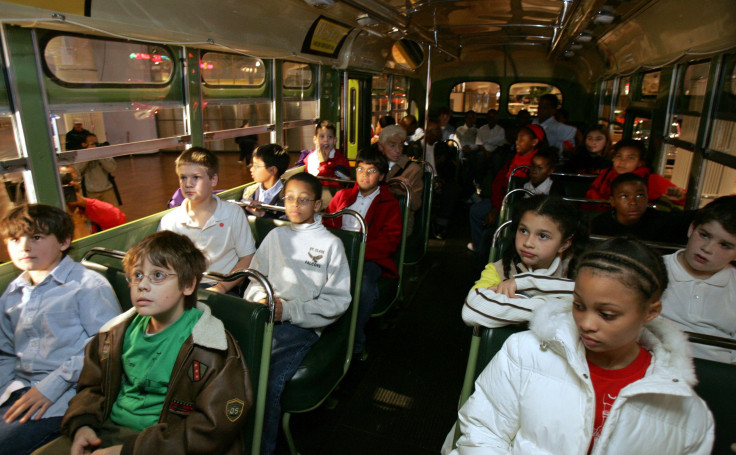Pew Study: Multiracial Americans Growing 3 Times Faster Than General Population

America’s multiracial population is growing three times faster than its overall population, and is likely to be young and proud of its heritage, according to Pew Research Center's latest study released Thursday. The study, conducted online between Feb. 6 and April 6, 2015, estimates that 6.9 percent of the population of the United States is of mixed-race heritage.
"And when we look at the number of babies being born that are multiracial and the rise in interracial marriage, we can see that not only is it continuing to grow but the growth could accelerate in the future," Kim Parker, Pew social trends research director, told the Associated Press (AP).
Although the majority of the multiracial population describes itself as being proud of its background and feels that its racial heritage makes it more culturally sensitive, it has also been subjected to racial slurs or jokes, the study found.
However, those of mixed American-Indian and white heritage, who make up half of the mixed-race population of the U.S., were subjected to racism less often than other mixed-race groups. They were also significantly more likely to be conservative Republicans than other multiracial people. The study indicates that the population of this group is likely to decrease as the majority of mixed-race children born in 2012 and 2013 were either biracial black and white, or white and Asian. Pew says that 36 percent of mixed-race children born in 2012 were biracial black and white, and 24 percent were biracial white and Asian, compared to only 12 percent biracial white and American-Indian children.
The multiracial population of America is also significantly younger than the rest of the country, with almost half (46 percent) below the age of 18, compared to only 23 percent of the overall U.S. population. In 1970, among babies living with two parents, only 1 percent had parents with different racial backgrounds. This number rose to 10 percent in 2013.
Although the proportion of people choosing to identify themselves as multiracial is growing, the Pew report finds that racial identity can be fluid for some people over the course of their lives. Thirty percent of multiracial adults said they did not think of themselves as multiracial at some point in their lives.
A 2014 study, published in the journal Cell, found that as many as six million Americans who identify as white have black racial heritage and an additional five million self-identified whites have American-Indian ancestry.
“Being multiracial is not just a sum of the races in your family tree," Parker told the AP. "It's also part of experiences and upbringing and it also can be fluid and change over the life course or when an individual is in a certain set of circumstances."
© Copyright IBTimes 2025. All rights reserved.




















